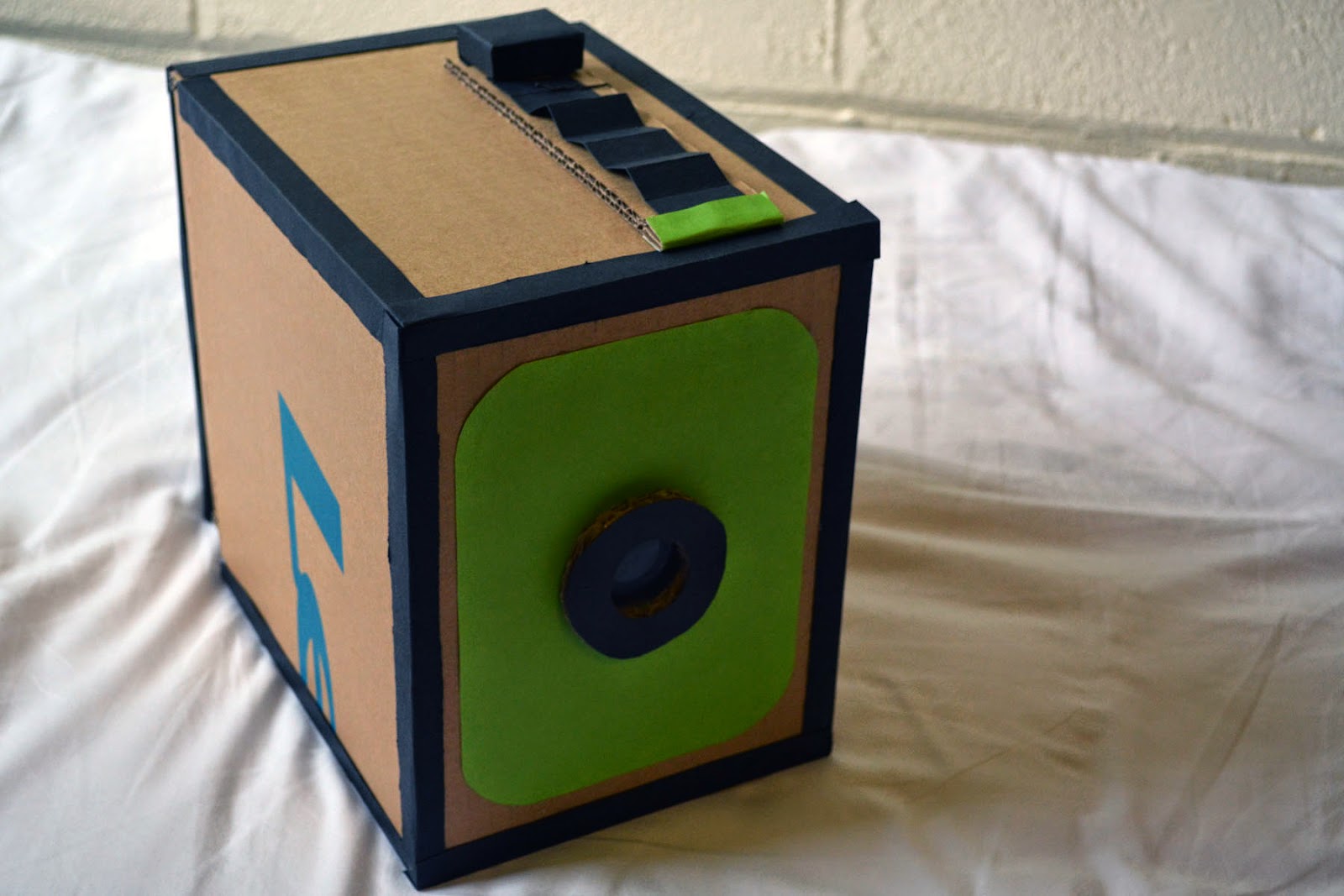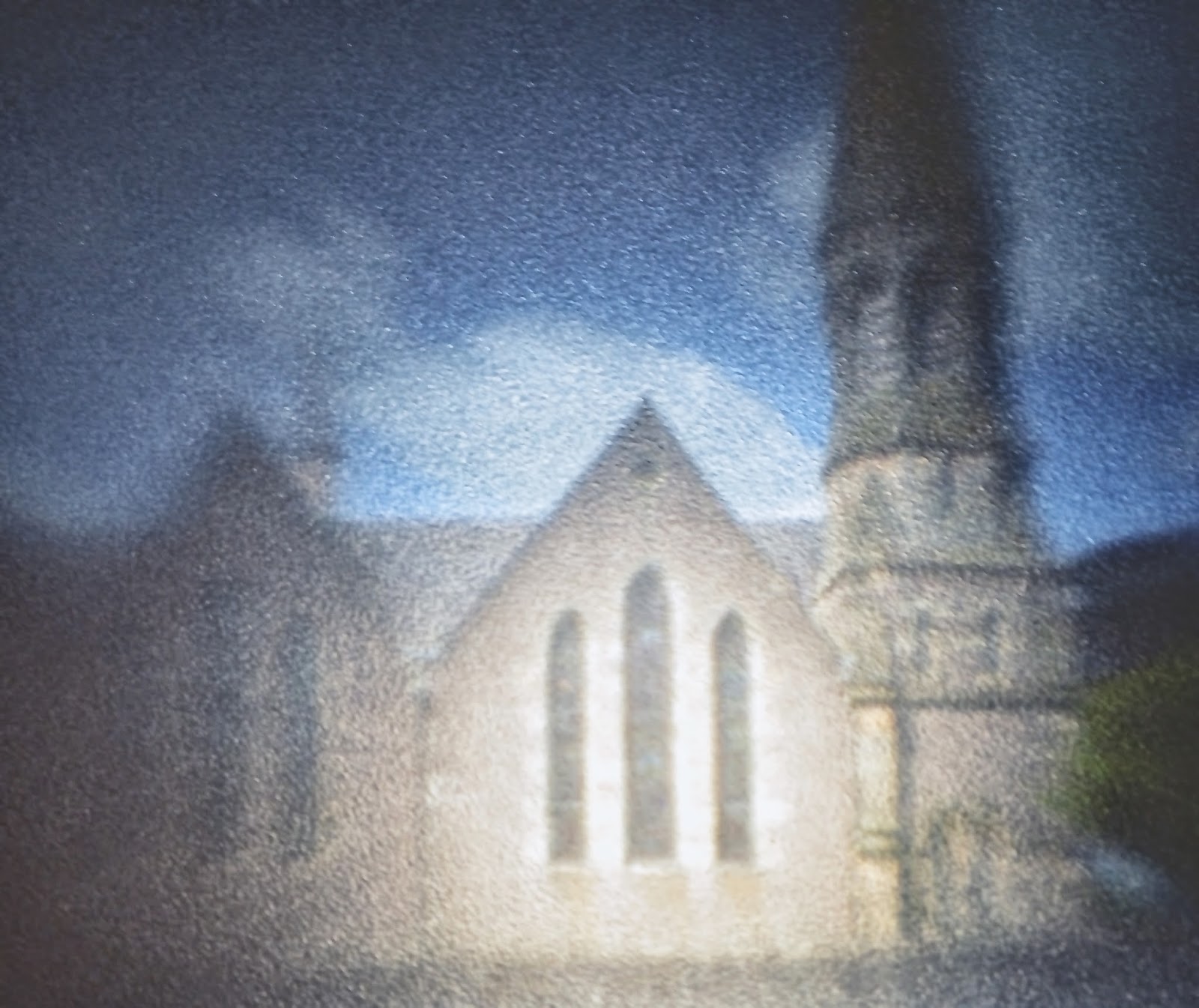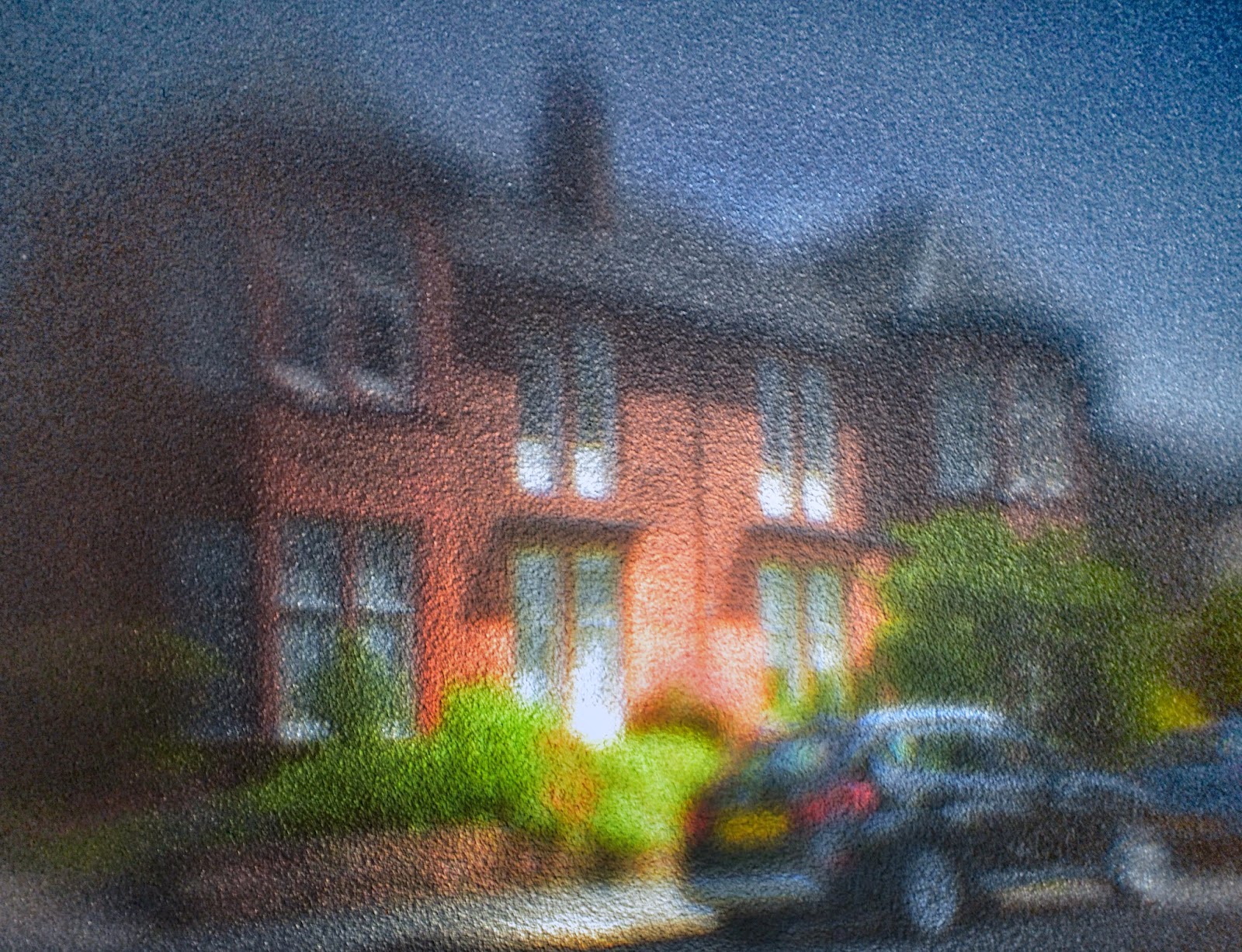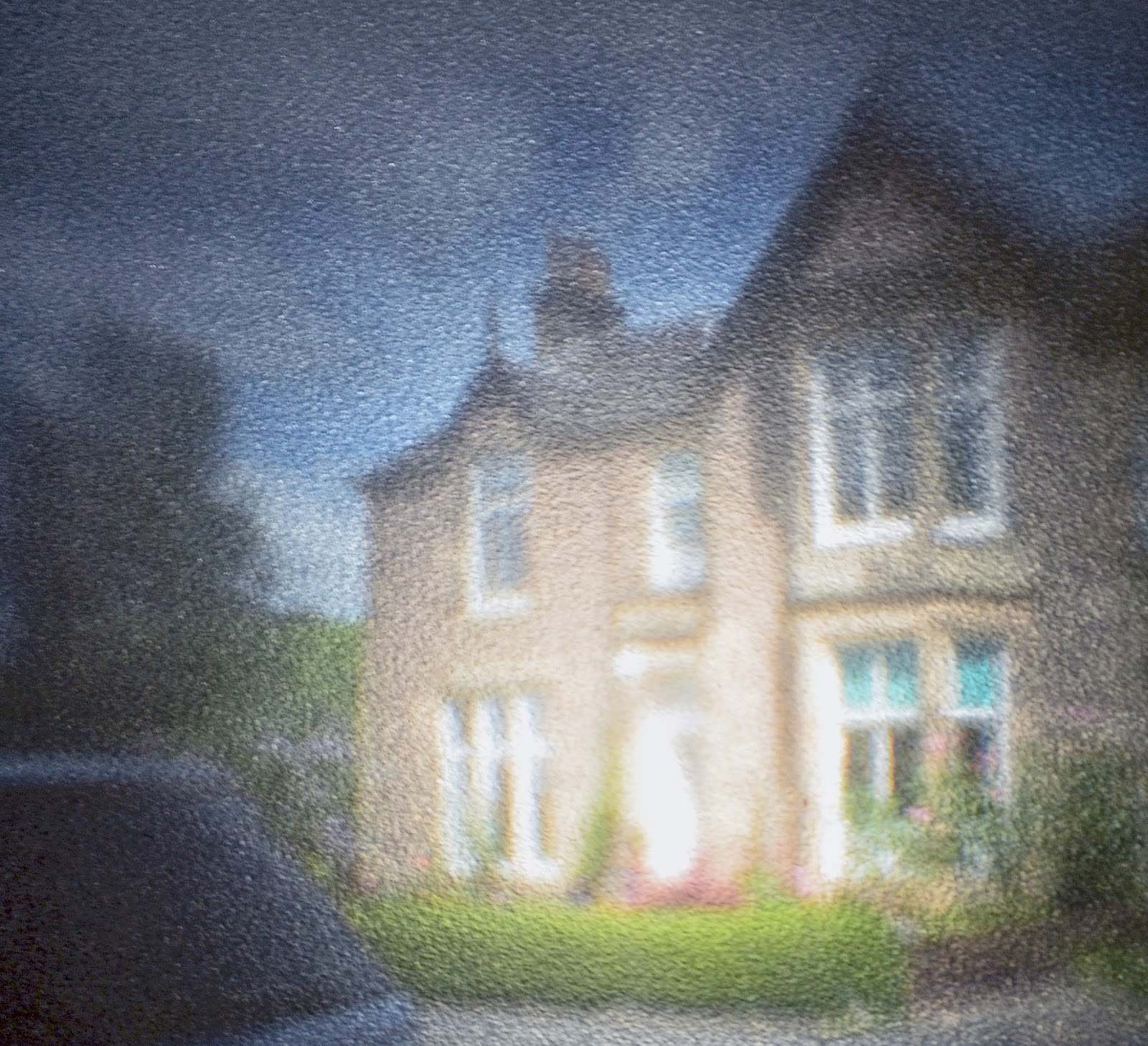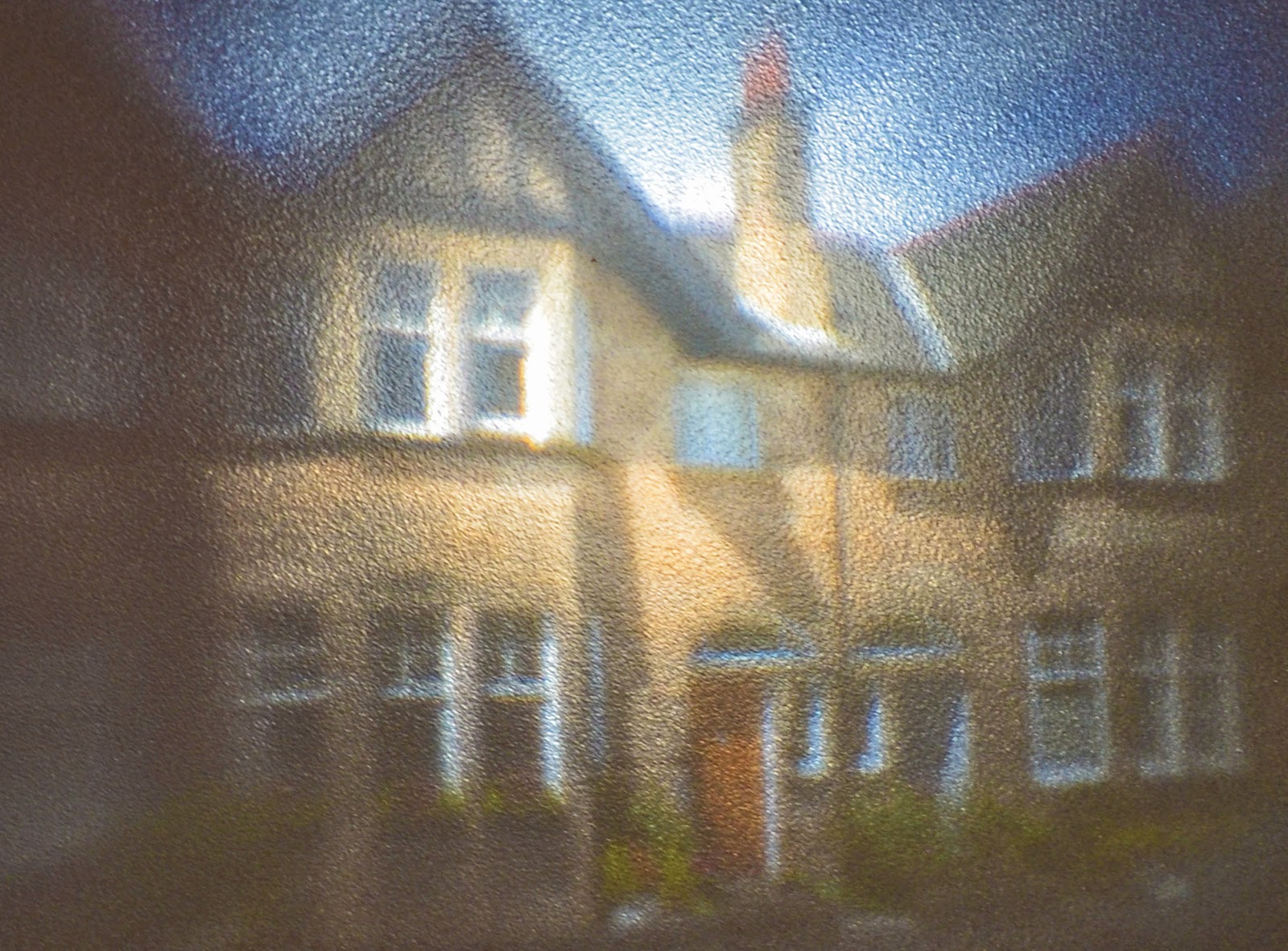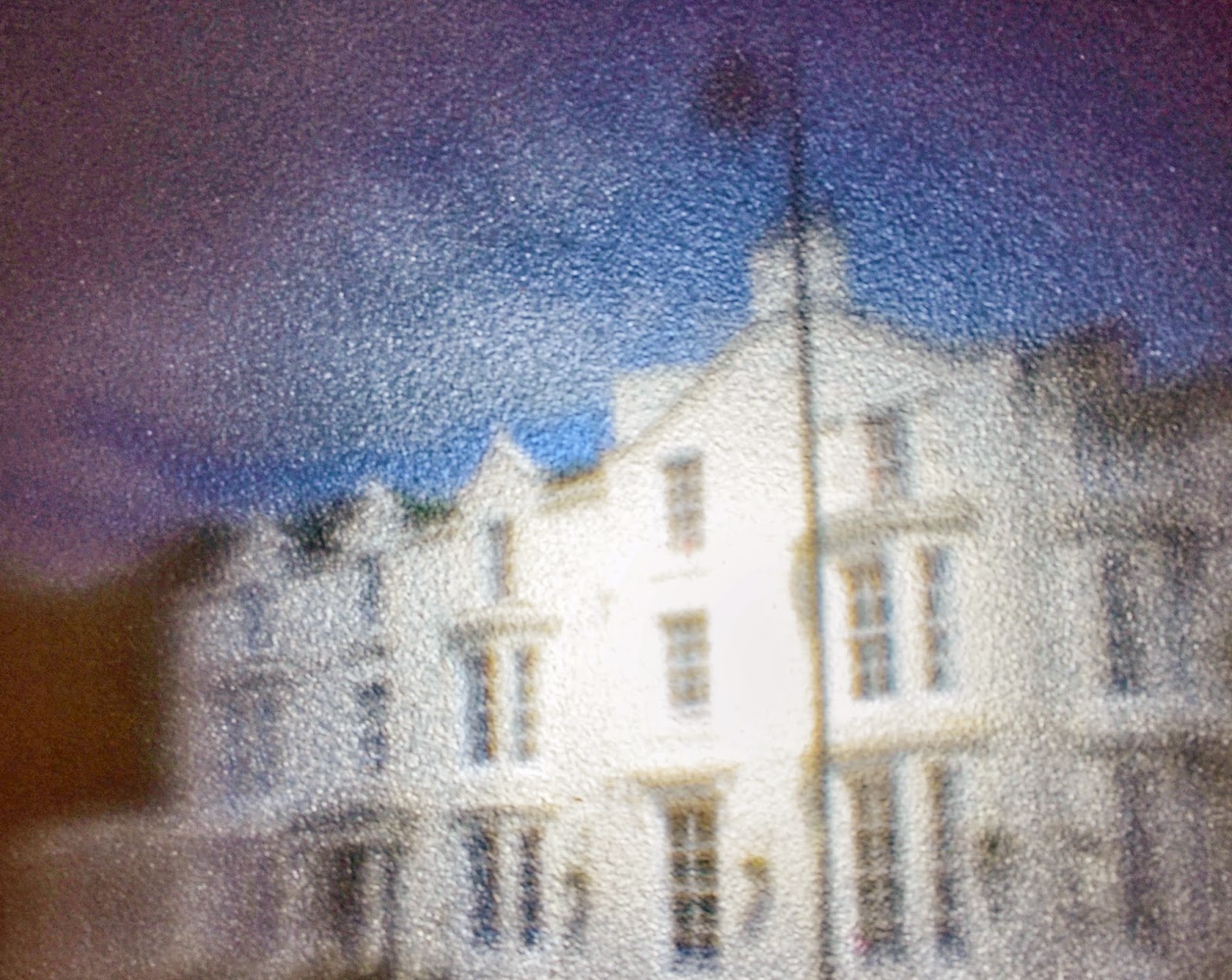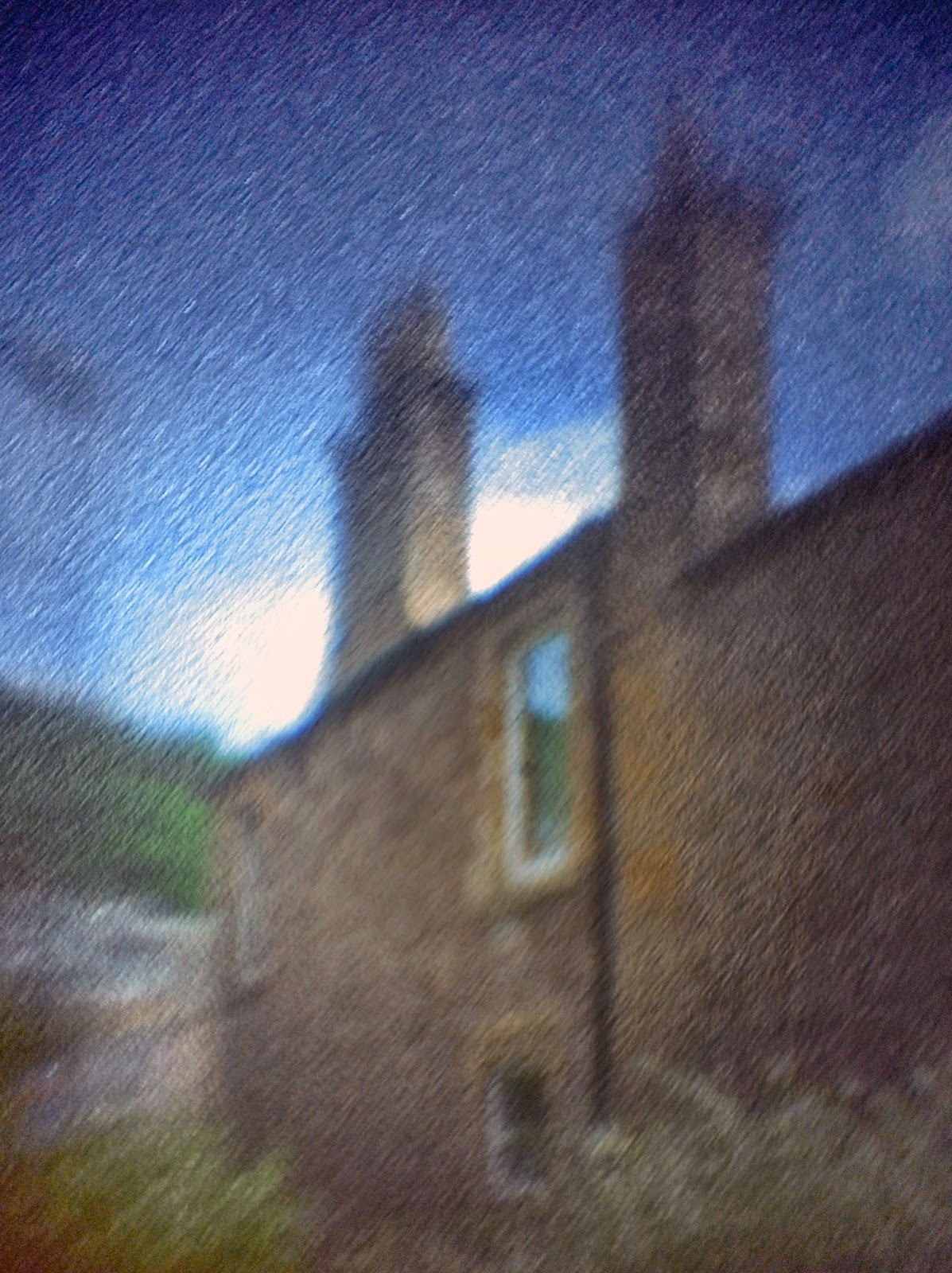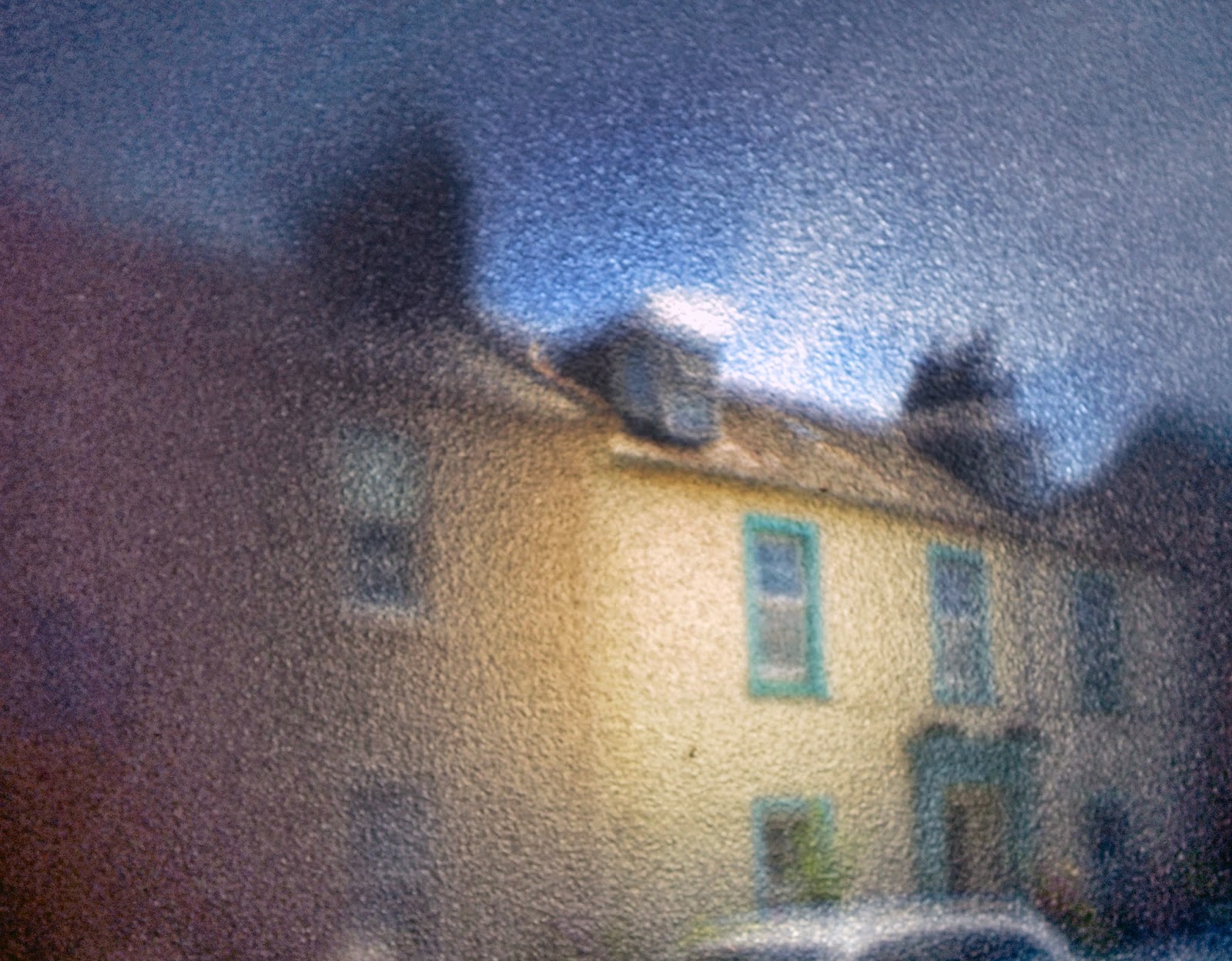 |
| Camera Contraption and Filters made with wrappers, colored plastic, textured plastic and envelopes filled with toothpaste |
 |
| Wellington Church |
 |
| Gateway Ironwork at University of Glasgow |
 |
| Ascending Gothic Spires |
 |
| Crow-stepped Gable |
 |
| Towering Spires |
 |
| Exit to the city through the Gothic Arch |
 |
| Gothic Arch Detailing |
 |
| Gothic Details of a Glasgow University Building |
 |
| Unicorn Monument at the University Chapel |
Pictorialism was
the first artistic photography movement.
It was driven by an aesthetic approach to Photography considering
aspects of the photograph like composition, tone, contrast, movement, obscurity
and form. This era of photography was
not meant to record a reality or space in time, but rather the splendor of a
subject. It took place from the late
1800’s to the early 1920s.1
Just as photography had influenced the art world by becoming a catalyst
for the Impressionist movement, the Impressionist movement had its own influence,
which is very evident in Pictorialist photographs.
| The Bridge at Ipswich Fig 1 |
Before I went to create my own Pictorialist
images, I looked for inspiration and influence.
The first photographer I connected with was Alvin Coburn. Coburn’s work is characterized by intense
contrast. Many of the objects are
silhouetted or implied tonally. Many
have a blurry focus, which is evident in The Bridge at Ipswich (Fig 1). This soft focus gives the photograph a
painterly style, almost as if you can see the brush stokes that were never
made. Coburn also experimented with a
lack of horizon line, which gives the picture a mystical and timeless
appearance. Above all, Coburn encouraged
further experimentation by other photographers.
He asked “If we are alive to the spirit of our time, it is these moderns
who interest us; why should not the camera also throw off the shackles of
conventional representation and attempt something fresh and untried?”2
| Nocturne: Blue and Gold Fig 2 |
The combination
of my filters also created extreme contrast and limited the color pallet. Photography was in its infancy during the
pictorialist movement, so almost all of the images were monochromatic or
completely unsaturated. The green and
yellow neutralized the appearance of the colors in my actual scenes, giving
them a monochromatic appearance. The
layering of the filters also silhouetted many of the buildings and
figures. I often had to wait for a
glimpse of sun to maximize the contrast between foreground and background in my
images. This is clearly illustrated in
my image The Unicorn Monument at University Chapel.
| Struggle Fig 3 |
The final
technique that I used with my filters was tilting and rotating them when I was
taking the pictures. By tilting the
filters, reflections from the sky, light through foliage and silhouetted
buildings was projected onto my images. Many
pictorialist photographers like Robert Demachy in his picture Struggle (Fig 3)
used post production techniques like applying brush strokes or layering
multiple photographs.4
Although we were not given the opportunity to manipulate our images
after they were created, the reflections of other scenes in my images give a
hint of that effect. You can see this
clearly in Towering Spires and Crow Stepped Gables. I really enjoyed looking at this era in
photography. I have always been
inspired by the Impressionist movement and it was really interesting to learn
about the push and pull of painters and photographers during that time
period.
1
"Pictorialism". Encyclopædia
Britannica. Encyclopædia Britannica Online.
Encyclopædia Britannica Inc., 2014. Web. 30 Jun. 2014
<http://www.britannica.com/EBchecked/topic/752375/Pictorialism>.
Encyclopædia Britannica Inc., 2014. Web. 30 Jun. 2014
<http://www.britannica.com/EBchecked/topic/752375/Pictorialism>.
2
Urban
Photography. "Alvin Langdon Coburn - Famous Photographers Of Urban Scenes."Alvin Langdon Coburn - Famous
Photographers Of Urban Scenes. N.p., n.d. Web. 30 June 2014.
3
Tate.
"James Abbott McNeill Whistler Nocturne: Blue and Gold - Old Battersea
Bridge C.1872–5." Nocturne: Blue and Gold – Old
Battersea Bridge. Tate, n.d. Web. 30 June 2014.
4
"Robert
Demachy | Struggle." The Metropolitan Museum of Art.
The Metropolitan Museum of Art, n.d. Web. 30 June 2014.
